We all are drowning in the materialistic life that we all have been thrown into. Since childhood, we were taught how to be successful human beings but never taught to have a meaningful and content life.
In the struggle of this daily life, we forget the most important thing that surrounds us and makes us what we are today. Nature. Japanese culture, however, has embraced nature in their everyday life and respect it the way no other culture does.
You can see the influence of nature in their architect, dressing, diet, festivals, and almost everything. One such thing is the Japanese garden which has made its debut in the world platform recently and made quite an impression.
Lately, many people are acquiring the taste of having a Japanese garden for themselves for many reasons. Some say it helps with their anxiety and depression, while others say it brings the Japanese aesthetic that they find pleasing. But almost no one understands what a Japanese garden truly defines.
Japanese garden ideas represent perfection in their truest form. We all know that nature has different sides; it can be wild, and sometimes it can be pleasing and calm. Sometimes it is harsh while other times it gives us the serenity as perfect as heaven.
Japanese garden takes the best of nature and showcases it to amuse the viewer. It might look very natural as it uses very little to almost no artificial materials but, every element is the way they are because someone meant it to be like that.
Everything is very natural in the garden but very much controlled and patterned to match the aesthetic of the whole garden. The garden is composed of many elements, and each of them has a meaning or significance.
Important Elements of a Japanese garden
Water
Water is one of the central elements which signifies the presence of life, renewal, calm, and continuity. It is present in a garden in a pond or small stream, or a waterfall. Water is for purification and cleansing and a great medium for self-reflation and meditation.
In a Zen Garden, the water body is the prime component on which the who garden revolves. It is very common to two in a koi or two, which bring the much-needed color to life. In a dry garden, water is represented by raked gavels and upright stones.
Stone
The Japanese garden was initially influenced by the Chinese gardens, where stones played an important role. Different types of stones symbolize different thing and their positions mattered a lot. The design and aesthetics depend a lot on the positioning of the element. Even though the garden might not be exactly symmetrical, they are overall balanced out.
Stones are very versatile when used in a Japanese garden. In the early days, big stones embodied a “Kami” or God, but in recent ages, it resembles more of a mountain and its majestic features. Gravels and small stones a predominantly use for making pathways and to line ponds and steam edges. In many gardens, small gravels also represent water in their different form.
Lantern
Latest represents love, warmth, and strength to fight against evil. It was commonly found in many shrines and held great importance in the Buddhist culture. Those lanterns are made of stone and are mostly found around a curve or near a water body. Toro was initially used by Buddhists as an offering to Buddha. Still, later tea merchants started using lanterns in their tea garden as a decorative ornament that provided the much-needed light during their evening parties.
Bridges
Bridges in Japanese gardens hold more of a spiritual meaning with deeply rooted religious sentiment. it might also represent the Taoist philosophy inspired by the Chinese culture, which eventually gave birth to the Japanese garden. A moon bridge with its extraordinary arch is very common in a Japanese garden. Lately, to go with the overall aesthetic of the garden, different styles have emerged.
Sometimes loosely bound logs are also used in place of stone bridges. Some wooden bridges are also painted red and hold a whole different meaning. Crossing bridges in Japanese culture means to cleanse oneself and leave behind the worldly belongings that make you mortal. It represents the journey to the afterlife, where the soul is cleansed and pure.
Plants
The traditional choice of plants in a Japanese garden is a mostly non-flowering evergreen plant. Most cliche choices would be bamboo, Sakura tree, lotus in koi fishponds, and Japanese maples. Some offbeat choices would include Hakonechloa, Rhododendrons, Araiostegia parvipinnata, Wisteria, Styrax, and many others. Plants must be selected, keeping in mind the theme, aesthetic, and color palate.
Traditional flower beds are not very common in Japanese gardens, and moss is readily encouraged in most gardens as it gives the essence of age, antiquity, and harmony. Moss can grow in small tea gardens to big traditional imperials gardens that are maintained to date.
Koi
Koi is an ornamental domesticated variety of common carp which hold great value in the Japanese culture from an early age. They represent good fortune, prosperity, success, ambition, and wealth according to the Chinese, but in Japanese culture, it symbolizes love and friendship. They are one of the longest living carp varieties and are held very high in Japanese morale. There are many rules to date that the Japanese abide by when it comes to Koi fish.
Many gardens might have all the above elements but still not be a Japanese Garden. To be a Japanese garden, you must embody the true essence of yin and yang. The garden represents nature and all the elements, which are fire, water, air, and earth. It is building nature but with a human touch of perfection by naturally opposing the forces of nature.

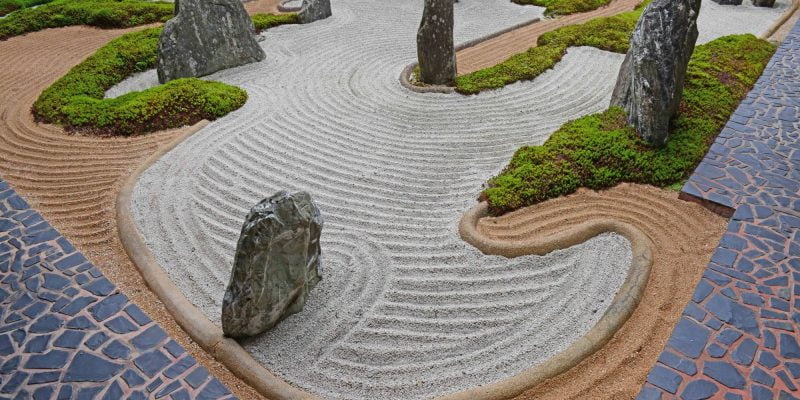



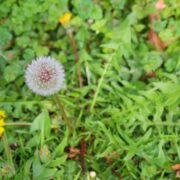
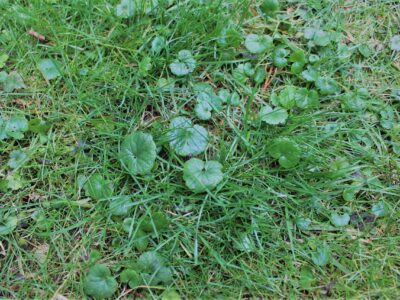
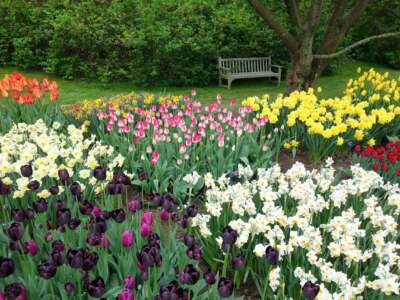
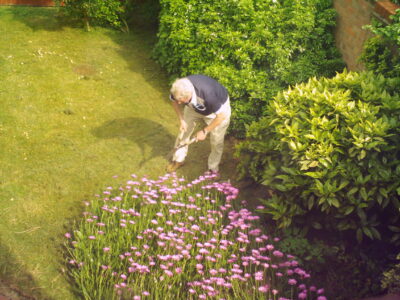
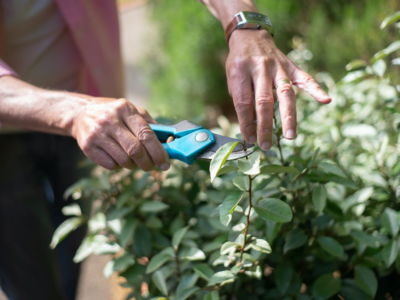
Comments